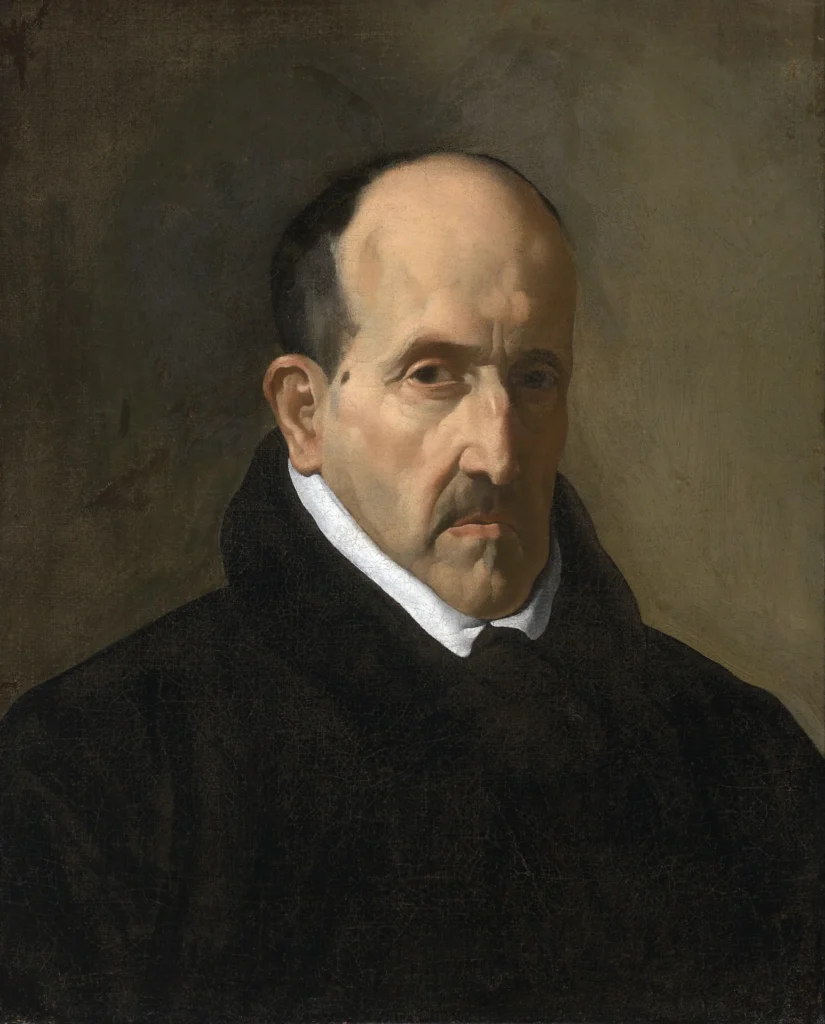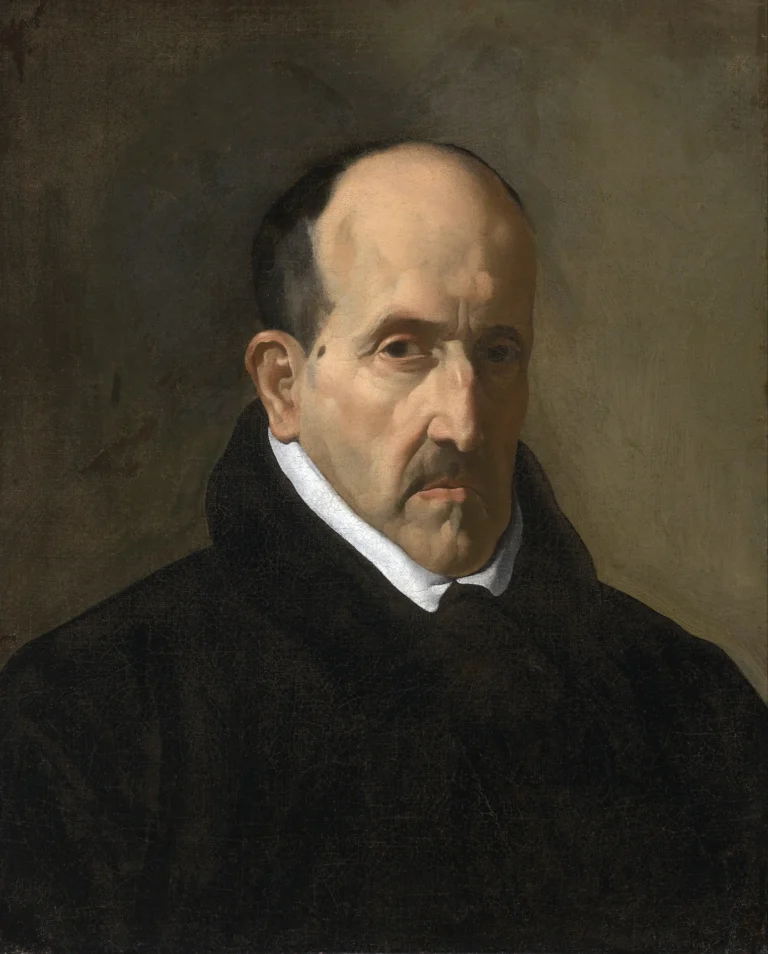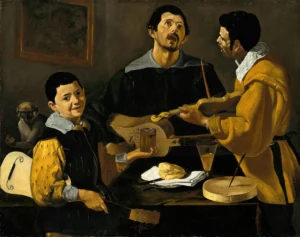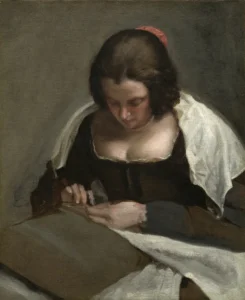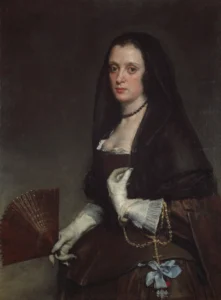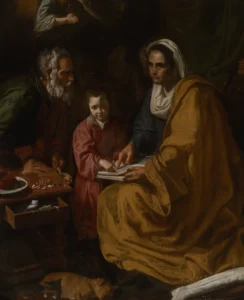Luis de Góngora y Argote
Created in 1622, Diego Velázquez's "Portrait of Don Luis de Góngora y Argote" is an exceptional representation of Baroque artistry. The painting exhibits the profound influence of Caravaggio through its dramatic chiaroscuro and captures the essence of Góngora, a celebrated poet of the Spanish Golden Age. Velázquez's meticulous brushwork and use of light breathe life into Góngora's solemn expression, enhancing the emotional and psychological impact of the piece. Currently located in the Museum of Fine Arts, Boston, this artwork is a testament to Velázquez's growing acclaim and mastery during his formative years.
1622
About the Artwork
Diego Velázquez painted "Portrait of Don Luis de Góngora y Argote" in 1622 during a transformative phase of his artistic journey. Commissioned by Góngora or his associates, the portrait depicts the poet in somber attire, exuding intellectual gravitas. Góngora was known for his complex and innovative poetry, which positioned him as one of the leading figures of the Spanish Golden Age. Velázquez's integration of light and shadow in this piece not only reflects his training under Francisco Pacheco but also showcases his study of Italian masters like Titian. The painting's journey includes ownership by notable collectors and its eventual acquisition by the Museum of Fine Arts, Boston, solidifying its place in the world of art.
Did You Know
Liked what you see? Add it to your collection.
Enjoyed reading? Share it.
... continued
Artist and Medium
The painting is an oil on canvas work by Diego Velázquez, executed during his early career.
Subject
The subject of the portrait is Luis de Góngora y Argote, a prominent Spanish poet. Góngora is depicted with a solemn and introspective gaze, wearing dark, somber attire with a distinctive clerical collar, indicating his ecclesiastical or social status.
Style and Influence
The painting is characteristic of the Baroque style and shows the influence of Caravaggio, particularly in its use of chiaroscuro. Velázquez also applied lessons he learned during his time in Italy, such as the rich palette reminiscent of Titian.
Dimensions and Location
The painting measures 50.3 by 40.5 centimeters (or 19 3/4 by 16 inches) and is currently housed at the Museum of Fine Arts in Boston, although there are mentions of other versions or copies in different locations, such as the Museo Lázaro Galdiano in Madrid and the Prado.
Provenance
The portrait was likely commissioned with the assistance of Velázquez's teacher, Francisco Pacheco. It has had a complex provenance, passing through several collections, including those of Gaspar de Haro y Guzmán, Marquis del Carpio, and Nicolás Nepata, before being acquired by the Museum of Fine Arts, Boston in 1932.
Artistic Significance
The painting is notable for its masterful use of light and shadow, which creates a strong sense of three-dimensionality and psychological depth. Velázquez's skillful brushwork and attention to detail in the textures of the skin and fabrics contribute to the lifelike quality of the portrait. This work may have contributed to Velázquez's first royal commission and his appointment as a court painter.




